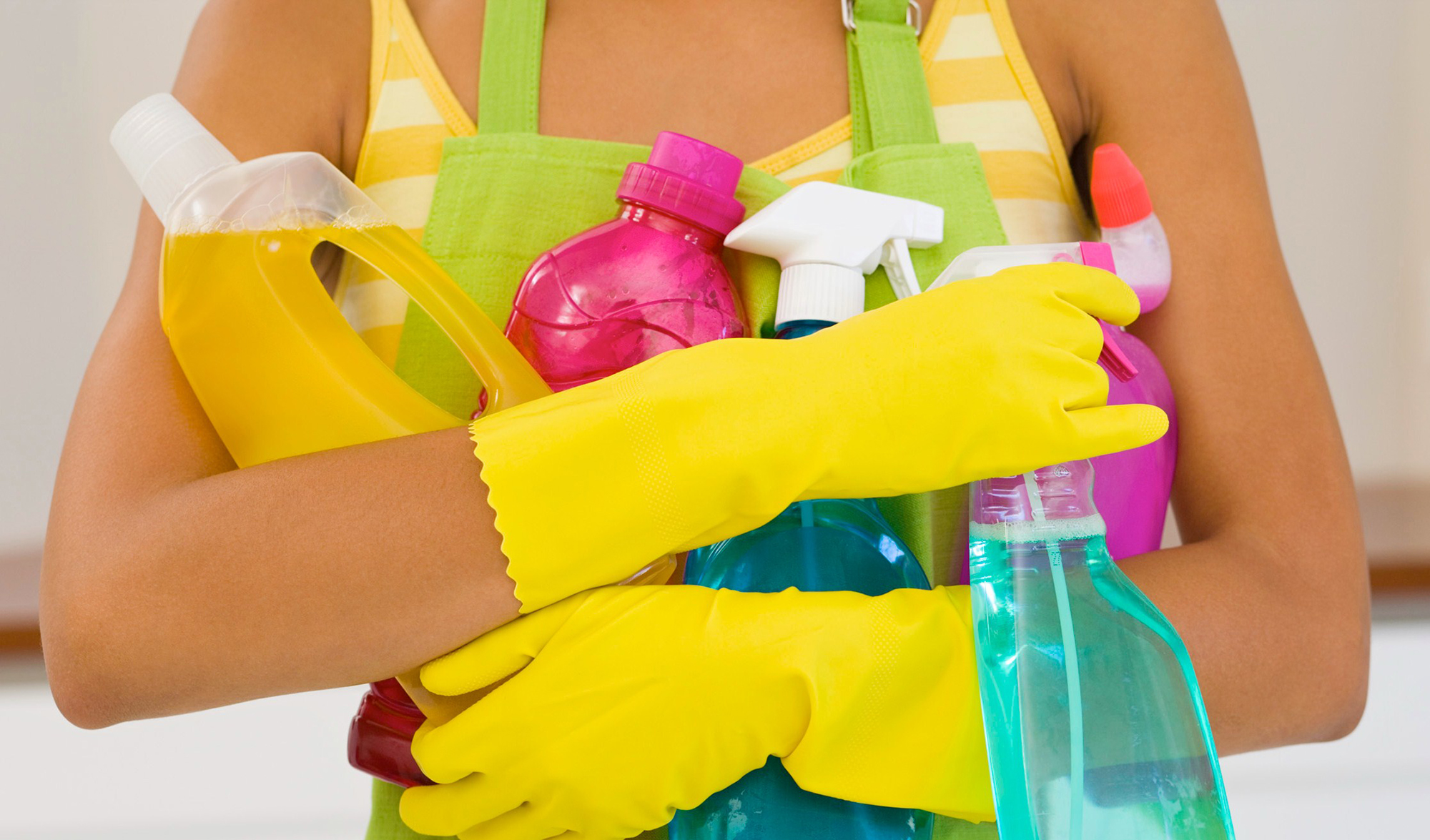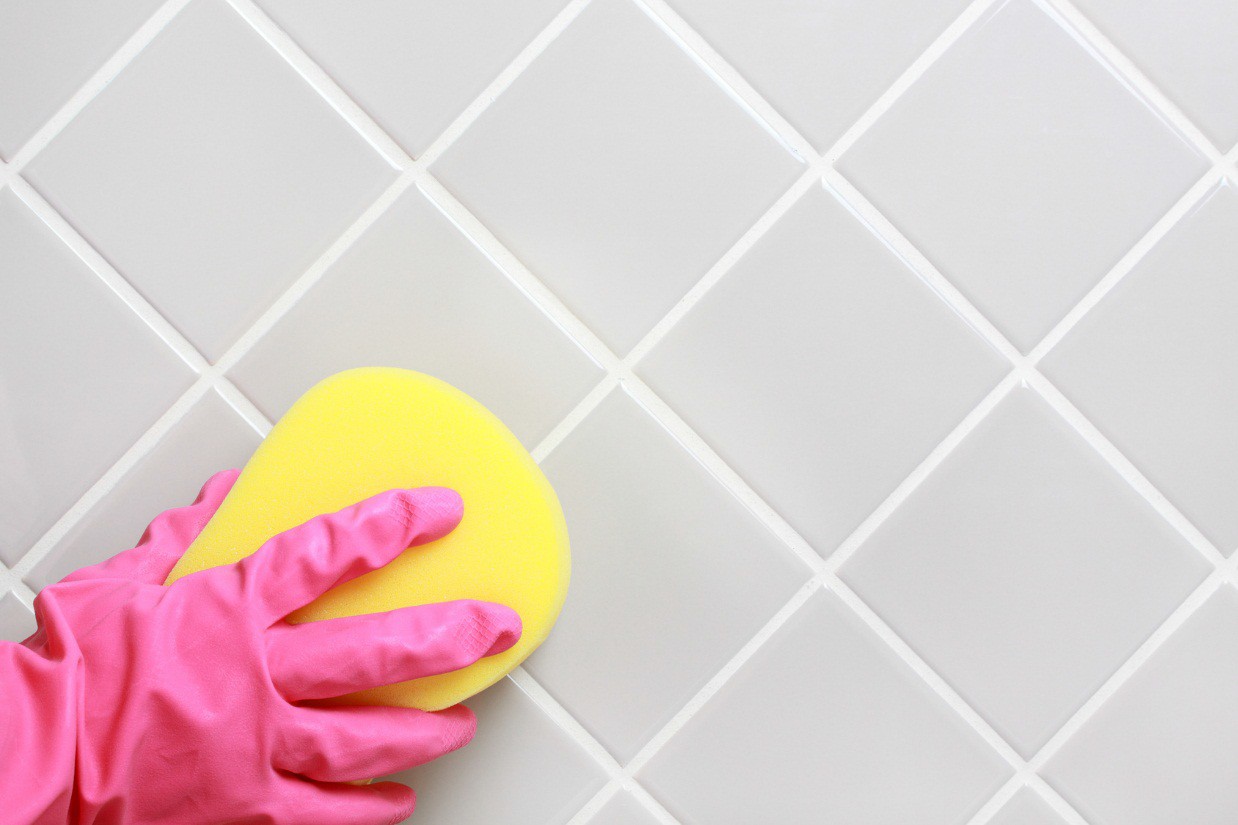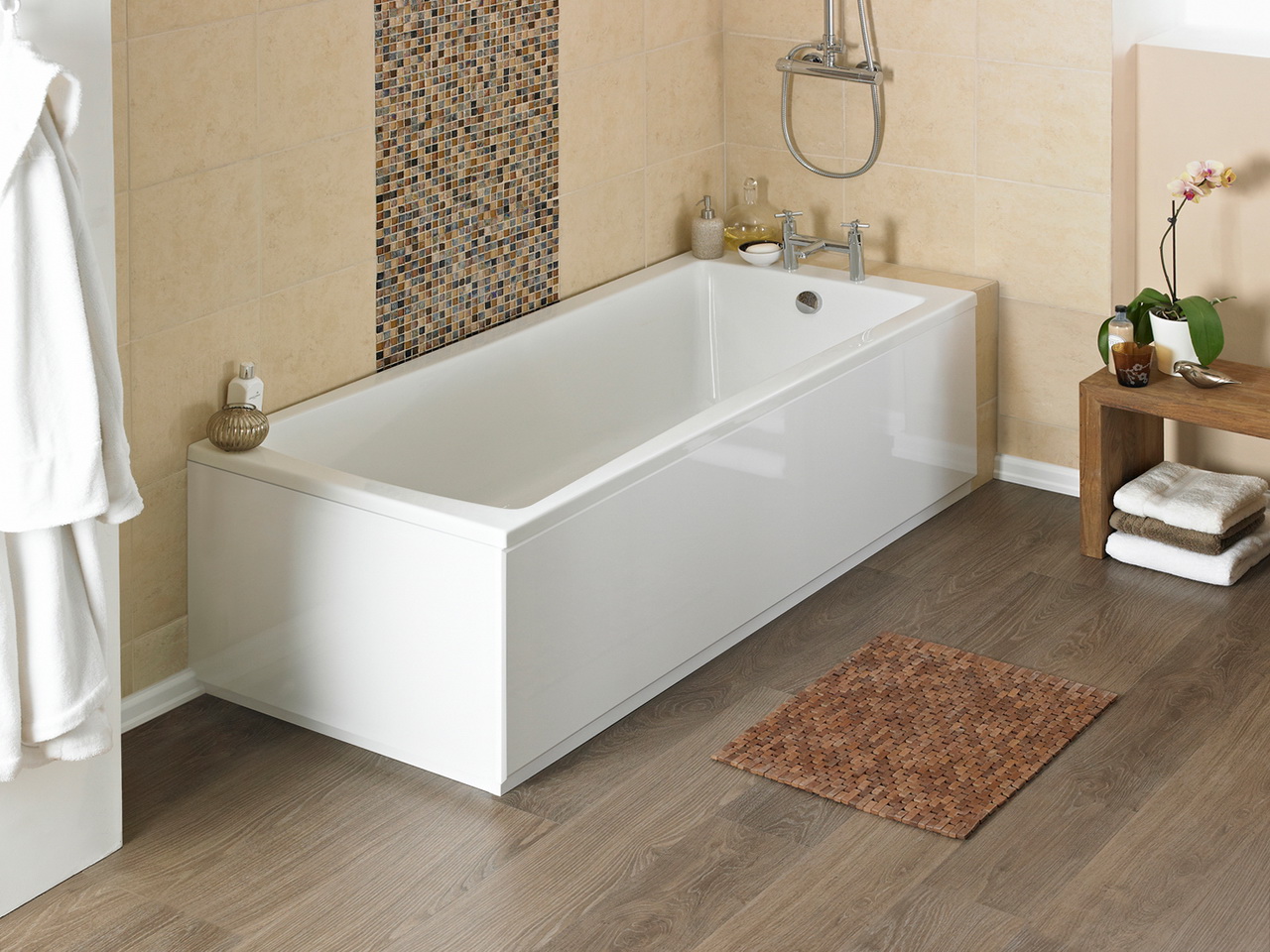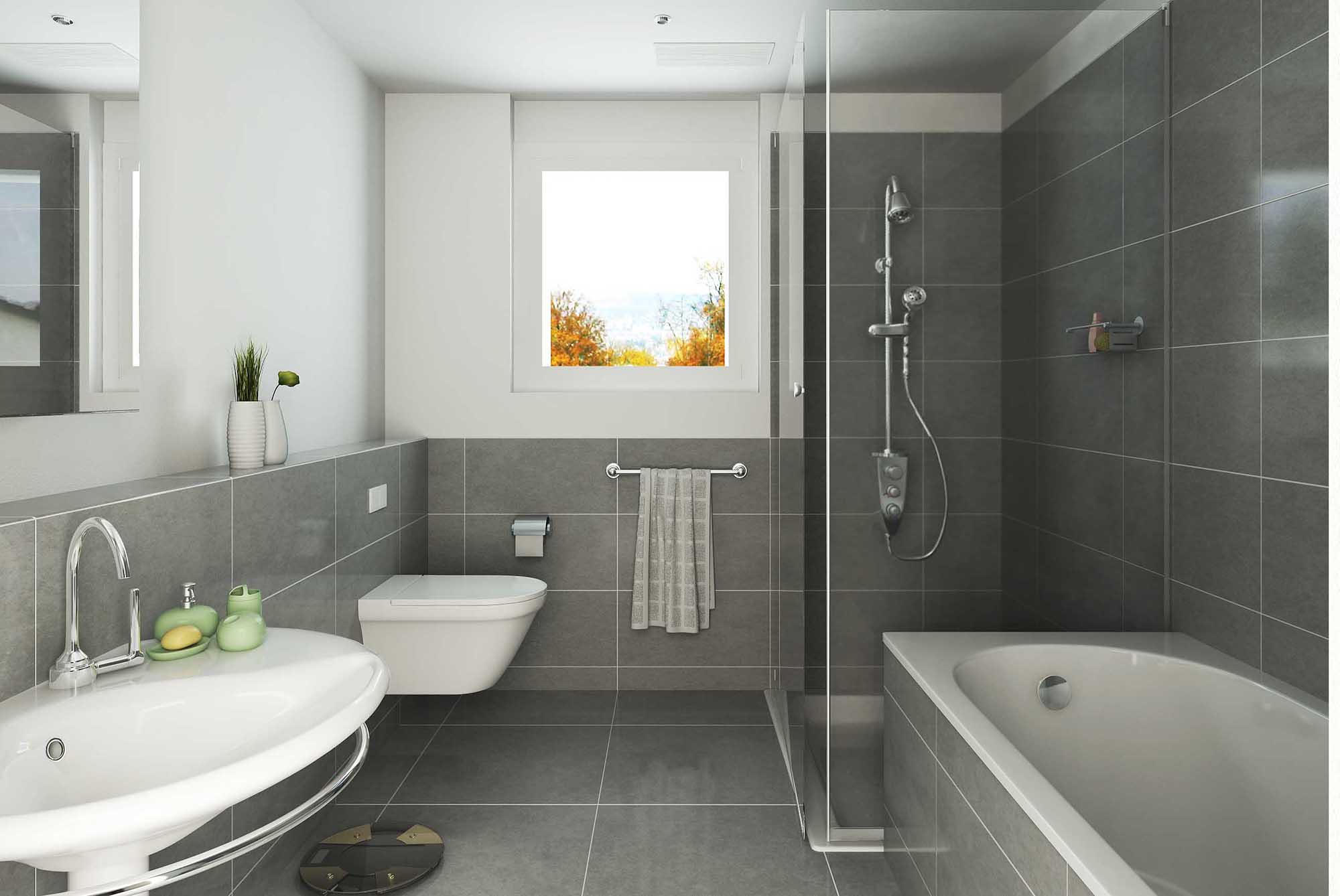How easy it is to wash a bathroom: we clean tiles, seams and plumbing
Content
A clean bathroom is an important element in the interior of a bathroom. In addition, its operational qualities depend on the cleanliness and grooming of this attribute. Each housewife gains her personal experience over the years and knows how to wash the tiles in the bathroom, how to clean the curtain or curtain from plaque, how to perfectly clean the tiles, and clean the seams in the bathroom. However, young housewives have yet to discover these recipes for cleanliness.
How to clean tiled walls and floors
Tile is one of the most popular finishing materials in bathrooms. It is appreciated because of such advantages:
- Long period of active use;
- Ease of care;
- Strength;
- The opportunity to experiment with design.
If the tile is not properly looked after, a white coating will quickly appear on the tile, the attractive shine and “marketable” gloss will disappear.
Household chemicals
The simplest and win-win option is special household chemicals. Experts recommend giving preference to liquid and gel products. Powders for cleaning household surfaces often consist of abrasive particles that adversely affect the integrity of the tile.
Tile cleaning with chlorine products is allowed. This component will not only help get rid of yellowness and ugly plaque, but also perfectly disinfect surfaces.
If at this particular moment it is not possible to purchase a special tool for tiles, you can clean the tile with other means. Glass cleaner is ideal. The detergent composition of this product usually includes ammonia, which is able to restore the freshness and lost shine to even the oldest and most contaminated surfaces.
Acceptable Alternative
People who are sensitive to various chemicals gravitate towards alternative cleaning products. Ideally, you can find products that are cheaper for the wallet and are safer from an environmental point of view.
The easiest budget option is to use a light soap solution. They can not only wash the tiles, but also eliminate pollution from other surfaces (oilcloth, surfaces of plumbing fixtures and furniture attributes in the bathroom).
Ceramics
Ceramic tiles in the bathroom and toilet should be washed once a week. In such rooms, usually very high humidity. Fungus and mold can form at any moment, and this is already dangerous for the health of all residents of the apartment. To prevent this, it is worth regularly cleaning ceramic surfaces in the bathroom.
It is important not only to clean the surface of the tile itself, but also to carefully process each seam. In the gaps between the tile elements, many dangerous microorganisms are hidden. In addition, the appearance of even the most beautiful and well-groomed ceramic tiles spoil dirty seams.
It is important to remember that tiles should never be washed with metal brushes. It is better to refuse solutions with fats and acids. In the process of cleaning surfaces, do not abuse household chemicals.
Carefully cleaning the working surfaces in the bathroom, it is important not to forget about the small attributes.Contamination and active attack of pathogenic microorganisms and fungi equally amenable to all elements in the room. Thoroughly wipe and disinfect the surfaces of shelves and decorative wall elements, wash and dry the curtain in the bathroom, and clean mats.
Seams between tiles: practical tips
For the treatment of joints between tile elements, it is better to use not only convenient cleaning products, but also antifungal products. They do not have to be purchased at a pharmacy or specialty store.
The simplest means available to everyone are vinegar and alcohol. Before starting cleaning, these substances are diluted with water, and surfaces are thoroughly treated with them.
Cast iron and steel bathtubs
The enamel, which usually covers the surfaces of bathtubs made of cast iron and steel, erases over time. The older this item, the more cracks, roughness, and hard-to-remove plaque appear on it.
In no case should such surfaces be cleaned with scrapers, brushes, aggressive chemicals with an abrasive base. In no case should you use the product to clean the toilet. A lot of aggressive acids are usually concentrated there, which leave behind ugly smudges and stains. It will not be possible to eliminate defects.
It is also worth abandoning the habit of soaking laundry with detergent directly in the bathroom. The surface of the bath will be damaged.
In the store you can choose a suitable cleaning product specifically for plumbing of this type. The substance is applied to contaminated surfaces with a foam sponge. The solution is left for 5-10 minutes, then washed off with warm water.
Acetic essence will help to remove yellowness. Rust and fungus will help eliminate soda and concentrated soap solution (only laundry soap is suitable for use).
Acrylic bathtubs
Acrylic bathtubs are extremely sensitive to all kinds of mechanical damage. They need special care and proper care. Acrylic surfaces must not be cleaned with the following materials:
- Scrapers and metal brushes;
- Abrasives
- Means with ammonia, chlorine, formaldehydes and aggressive acids.
Acrylic can not be cleaned without first soaking. A smooth surface is usually very cleanable. However, cleaning should be done regularly.
Marble bathtub
A marble bathtub is simply a luxurious attribute in a modern apartment. This is a luxury plumbing fixture and requires appropriate handling.
For cleaning marble surfaces do not use household chemicals. It is better to treat the stone with a soapy solution with a low content of soda and ammonia.
Light marble, if necessary, can also be bleached with improvised means. To do this, you need to make pulp from table salt and lemon juice. The mixture is applied to those areas that need bleaching. After 15-20 minutes, the gruel is washed off. It will be possible to gloss the surface with a special polishing paste.
















